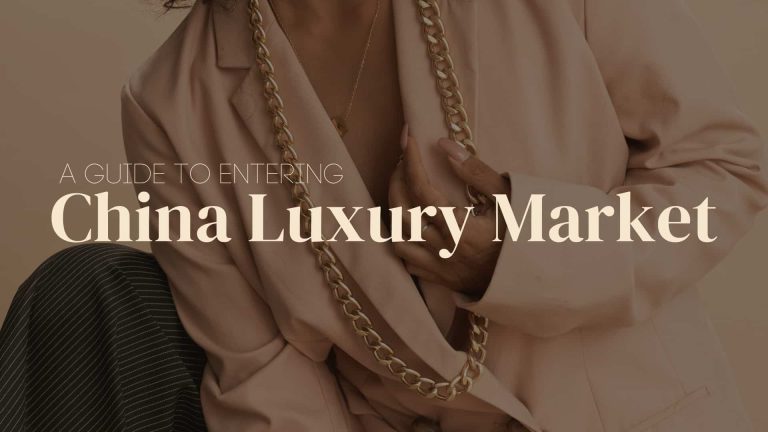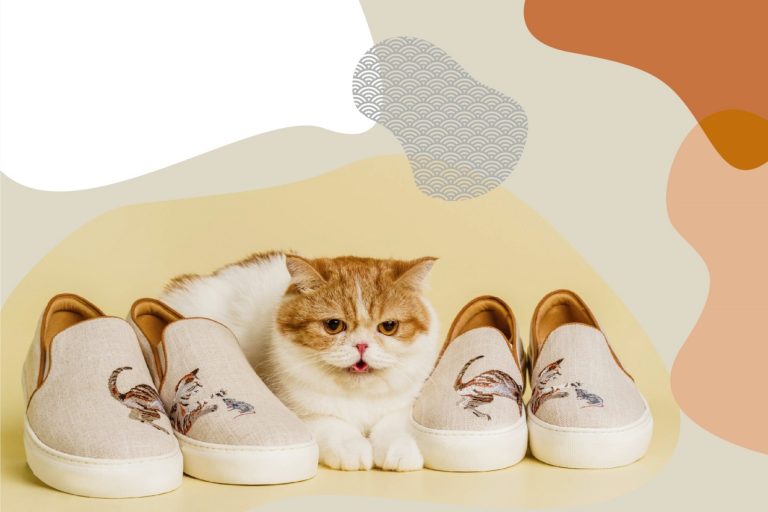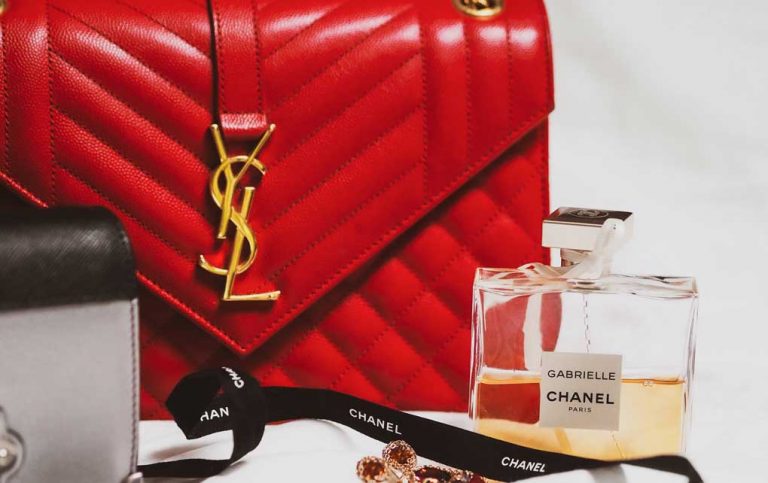The line between art and luxury is blurring in China

Art is the ultimate luxury item and it has been a way with sponsorship and collaborations in order to reach richer customers. The art and luxury market have recently witnessed an important shift to turn into online sales. Indeed, theses markets have been continually growing because they are using digital activations and technological advancements, such as artificial intelligence and virtual reality, in order to reach new audiences looking for new ways to purchase luxury goods. Consequently, art-lennials is a new emerging audience. They are purchasing art in the same way and digital means as they purchase luxury goods.
The digitalization of the art market

Art-millennials have been raised in a digital era, online sales and big date are consequently the best way to reach them. Moreover, brands understand what these consumers are looking for when they are making purchasing decisions.
Sotheby’s is an example of a company which employed digital marketing strategy to attract consumers. It has been partnering with influencers and pop personalities in order to reach younger buyers through social media. In October 2016, Sotheby’s associated with K-Pop star T.O.P, who has 8 million followers on Instagram and most of them are art-lennials, for a special sale of contemporary art in Hong Kong.

The art and culture markets are rising in China, so as art-lennials whose behaviors are attraction brands’ attention. JD.com and Tmall already launched Toplife and Luxury Pavilion demonstrating the importance of luxury e-commerce in China.
The online art market is growing against the global art market which is slowly increasing. Consequently, this market has witnessed a shift. The online art market grown by 15 percent in 2016, reaching $3.75 billion. There are five top online art platforms: Christie’s, Sotheby’s, Artsy, 1stdibs and Artnet. The two first, Christie’s and Sotheby’s, are dominating the online art market. These platforms are now using news tools to create a multimedia business. They are using online-only auctions, video content or Instagram accounts which is an effective communication tool to influence consumers’ decisions.
Artnet has ambition in the Chinese market
Last year, Artnet launched the beta version of its new Wechat Mini Program. Consequently, it became the first online art market brand to have a Mini Program on Wechat and have a strong presence on this social media. Artnet expects to cater Chinese luxury audiences with Wechat. Jacob Pabst, Artnet CEO, said: “Web content is almost entirely consumed via mobile devices and apps in China. WeChat is the undisputed leader in the field and best option to expand into the Chinese market.” Art is an increasing interest among rich Chinese consumers and a close partnership between luxury and art will likely foster a new trend of art and luxury consumption in the Chinese market.
How to sell luxury products in China?

A Chinese website
A website in Chinese is necessary to enter a market and realize branding. This is an efficient solution to increase the popularity of your luxury products, influence consumers with content and design, and develop the image of your company in the country. Moreover, having a website written in mandarin is essential. Chinese consumers spend more than 40% of their daily life on Internet and these internet users trust more Chinese websites than English websites.
E-commerce platforms
The development of new technologies and the increased use of smartphones and tablets allowed an explosive growth of the ecommerce in China. One of the best Chinese e-commerce platform is Tmall which is part of Alibaba group led by Jack Ma. This is definitely the largest B2C platform in China, it offers a wide a selection of affordable products and decent logistics and attracts value-conscious shoppers. Contrary to its competitor Taobao, the company has made arrangements to ensure that products sold on Tmall are authentic. Known as the “Amazon of China”, JD.com is also one the main B2C e-commerce platforms and is Tmall’s biggest rival. Consequently, using e-commerce platforms to develop your business is a must to efficiently enter the Chinese market.
 Social networks
Social networks
China is the world largest connected country: more than 90% of Chinese people have an account on at least one Chinese social network. Wechat is the social media the most used in China and, regardless of the size of your company, it is an essential media to develop your marketing strategy in the country. By promoting your luxury products on social media, you can build a community surround your company, reach your target, get feedback and create a friendlier company image. Sina Weibo, China’s largest SNS so far, has got a nearly 88% penetration rate among the nation’s excess 358 million users. It has also attracted over 130,000 companies including one-third top 500 enterprises in the world. They don’t just join Weibo on impulse, but for the benefit Weibo can bring them. Some come to Weibo for brand awareness, some for brand image and others for closer relationship with customers.
Increase your visibility with SEO on Baidu
SEO on Baidu is the key for the visibility of your business in China. Baidu is the most used search engine in China, it ranks 5th among the most visited sites in the world and currently has more than 800 million web pages. Baidu now offers a wide range of services, such as web searches, image search, music, forums or a Q&A service. SEO on Baidu requires several steps, which may be different from what needs to be done on Google. The notions of trust and notoriety remain essential for schools wishing to enter the Chinese market and be visible on Baidu. Key SEO strategies include keyword optimization, backlinks, and content sharing, this is the way to generate quality traffic. Compared with SEA, SEO takes more time, but it is long term solution in terms of developing a better e-reputation and is ultimately more stable. The quality search result won’t disappear after you stop the campaign, on the contrary, you will remain higher in the rankings and continue to drive traffic.
What is the right strategy to enter the Chinese Market ?
If you want to receive our last tips about the art and luxury markets in China, feel be free to contact us. Our consultant will contact you back and explain you the best strategy!
Read also:
-
High End Ice Cream is Popular in China, It is Time to Launch your Brand
Cost-Effective Agency
KPI and Results focused. We are the most visible Marketing Agency for China. Not because of huge spending but because of our SMART Strategies. Let us help you with: E-Commerce, Search Engine Optimization, Advertising, Weibo, WeChat, WeChat Store & PR.








